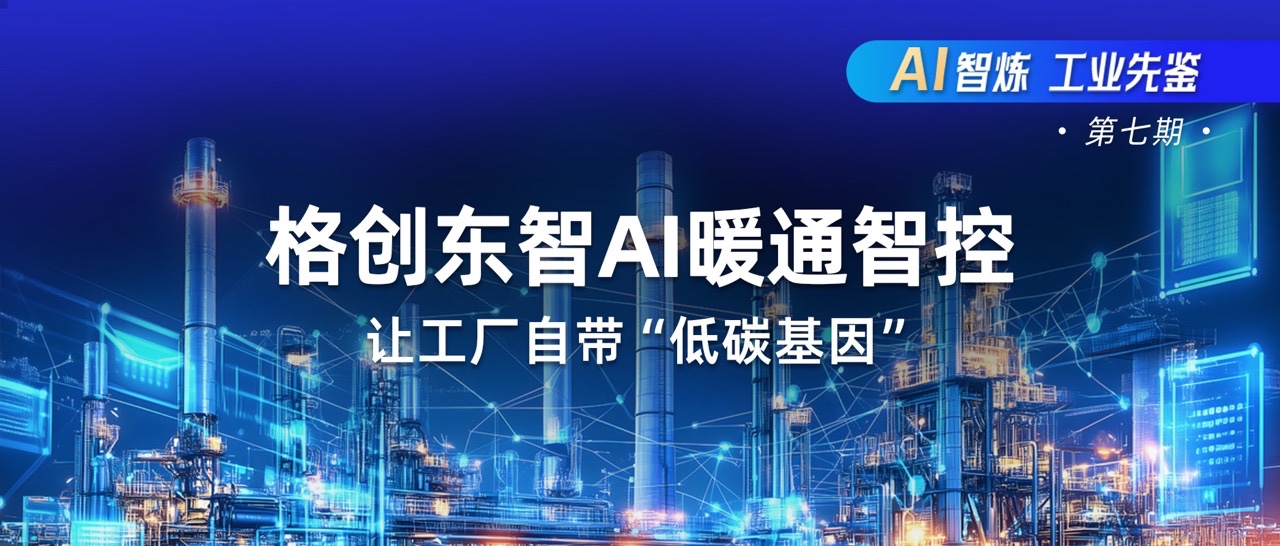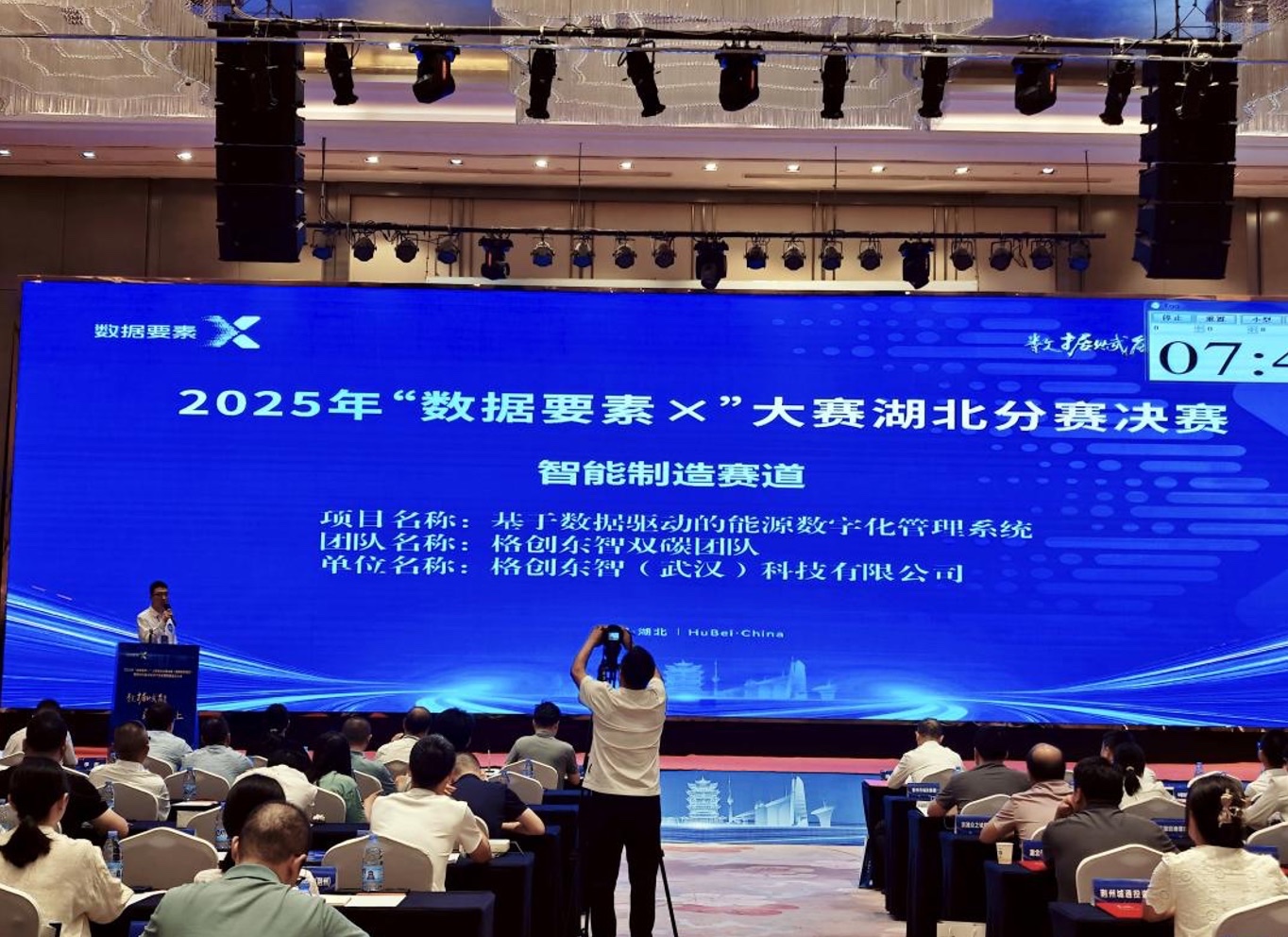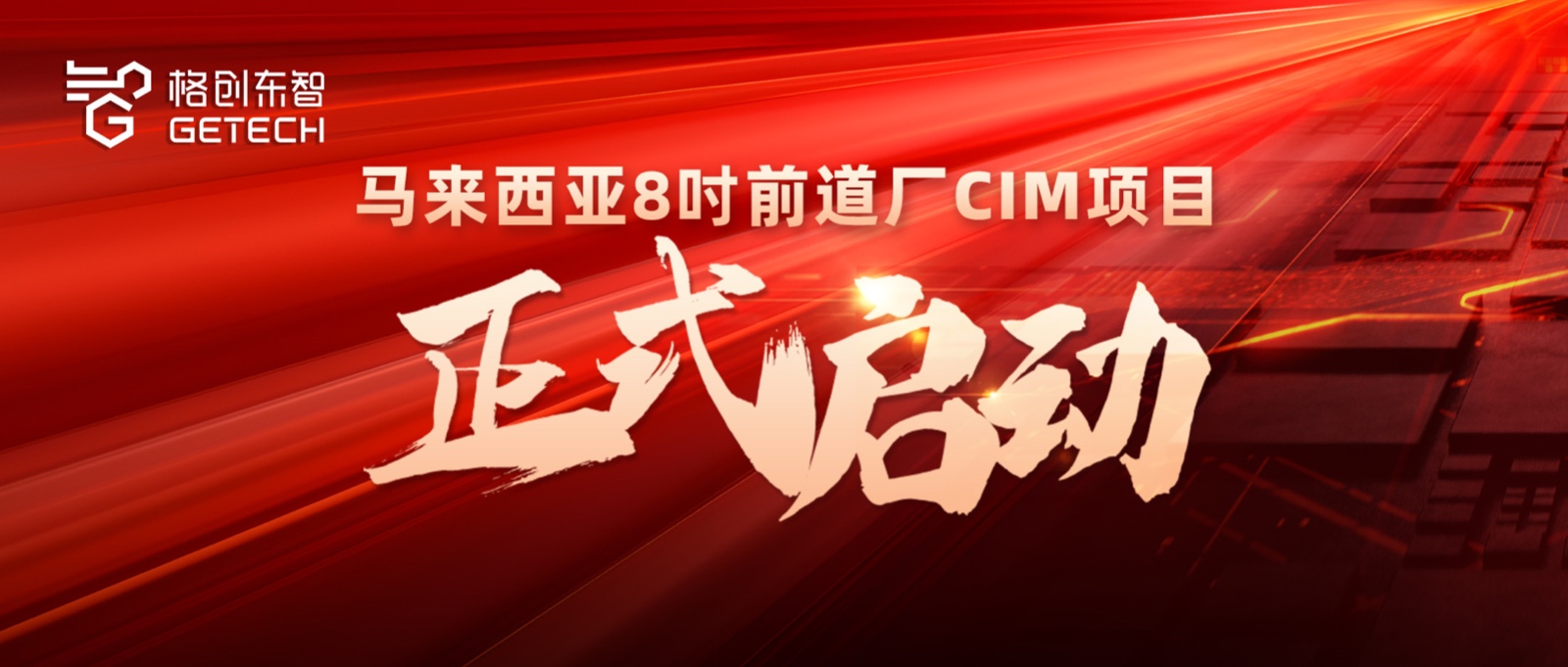Liu Duo: China's Industrial Internet Industry Scale to Reach 800 Billion Yuan in 2019
On December 10, the 5G+Industrial Internet Summit Forum jointly organized by China Mobile and China Academy of Information and Communications Technology was held in Beijing. Liu Duo, President of China Academy of Information and Communications Technology, delivered a keynote report, detailing the development status of China's Industrial Internet. She believes that over 80% of 5G applications will come from vertical fields such as Industrial Internet, and the integrated development of the two is of great significance.
Liu Duo stated that developing 5G+Industrial Internet is of great significance—5G is a key support for digital transformation, Industrial Internet is an important cornerstone of the fourth industrial revolution, and "5G+Industrial Internet" is of great significance for accelerating digital, networked, and intelligent development, strengthening the digital economy, and promoting the integration of digital economy and real economy.
She said that the global Industrial Internet is in a period of rapid expansion, with countries strengthening strategic guidance and promotion of new technologies and applications. For example, the U.S. Department of Defense provided $60 million support to the Digital Manufacturing Innovation Center, Germany invested 500 million euros in technology R&D and application, and Japan invested 200 million yen in pilot demonstrations. Industrial Internet is becoming a key driver for the high-quality development of China's manufacturing industry, industrial digitalization is accelerating, and the industrial digital economy is showing accelerated growth. From 2013 to 2018, the penetration rate of industrial digital economy accumulated a growth of 43%.
Currently, China's policy system for developing Industrial Internet is continuously improving. The State Council issued the "Guiding Opinions on Deepening 'Internet+Advanced Manufacturing' to Develop Industrial Internet" on November 27, 2017, forming a纲领性文件 for standardizing and guiding the development of China's Industrial Internet. On June 7, 2018, the Ministry of Industry and Information Technology issued the "Industrial Internet Development Action Plan (2018-2020)", clarifying eight key tasks including infrastructure capability enhancement, identification and resolution system construction, and Industrial Internet platform construction, with the goal of initially building the Industrial Internet infrastructure and industry system by the end of 2020. Nearly 30 provinces and cities including Shanghai, Guangdong, Zhejiang, Jiangsu, and Sichuan have issued or are about to issue their own Industrial Internet development strategies.各地结合自身产业实践,叠加优势企业资源,探索形成特色发展路径,集群化发展效应也在逐渐显现。In short, central-local coordination and上下联动,a "全国一盘棋" development pattern for Industrial Internet has basically formed.
In recent times, significant progress has been made in Industrial Internet network construction and transformation. In the commercial plane of enterprise external networks: Technologies such as 5G and SDN have been fully utilized to build high-quality enterprise external networks with low latency, high reliability, and large bandwidth. For example, China Telecom continues to optimize CN2 carrying capacity to provide high-quality enterprise dedicated lines; China Mobile is building the world's largest government-enterprise dedicated line network; China Unicom is building a physically isolated Industrial Internet (CUII) for industrial enterprises, covering 334 cities nationwide and 30 overseas nodes. In the trial plane of enterprise external networks: Based on the national future network trial facility, new future network technologies are fully utilized to build a high-speed, intelligent, software-defined, and flexibly scalable enterprise external network trial plane, providing industrial enterprises with a low-cost, flexibly configured innovative network environment; currently, the enterprise external network trial plane covers 40 backbone cities, 133 edge nodes, and 4 major cloud data centers. In terms of enterprise internal network transformation, positive progress has been made, and a number of typical Industrial Internet network application cases have emerged. Currently, over half of large industrial enterprises have network coverage rates of over 80%, and over 90% of industrial enterprises have IT network coverage rates of over 80%.
Liu Duo introduced that China's Industrial Internet identification and resolution system has initially formed. By the end of 2018, five national top-level nodes for identification and resolution in Beijing, Shanghai, Guangzhou, Wuhan, and Chongqing have begun operation, fully supporting various identification systems. As of December 5, 2019, the number of identification registrations reached 1.37 billion. In addition, 36 secondary nodes have been launched, and 5 recursive resolution nodes have been completed. Currently, 897 enterprises have accessed the Industrial Internet identification and resolution system.
The strength of Industrial Internet platforms has also significantly improved. Various entities including professional service enterprises, manufacturing enterprises, industrial technology solution providers, and ICT enterprises are actively building Industrial Internet platforms. The core capabilities and service levels of platforms have significantly improved, with an average of 65 industrial device connections, 500,000 registered users, 1950 industrial Apps, 3800 active developers, and 830 industrial mechanism models.
<极速5Gp style="margin-bottom: 0px; padding: 0px; max-width: 100%; clear: both; min-height: 1em; word-wrap: break-word !important; overflow-wrap: break-word !important;">Liu Duo stated that with the deepening of network construction and application, the topic of network security has also attracted much attention. Currently, a three-level协同 Industrial Internet security detection system at the national, provincial, and enterprise levels is being accelerated. At the national level, the national-level Industrial Internet security monitoring and situation awareness platform has been basically built; at the provincial level, 12 provincial platforms including Guangdong, Shandong, and Jiangsu have been connected to the national platform system, discovering over 8 million networked devices, supporting 261 protocols, collecting 3686 vulnerability information, forming basic information databases such as IP, domain names, and enterprises related to Industrial Internet, and initially forming a security monitoring capability that is上下贯通、政企协同、多方联动; at the enterprise level, enterprise-level security monitoring platforms for key industries are being rapidly built.
It is understood that China has formed diversified application models and paths, and the industry scale is growing rapidly. Currently, hundreds of typical Industrial Internet application cases have been formed, covering various major categories and scenarios of manufacturing. It is expected that China's Industrial Internet industry scale will reach 800 billion yuan in 2019, continuing to grow rapidly. The pace of building an industry ecology relying on the Industrial Internet Industry Alliance is also accelerating. The alliance's scale continues to expand, its synergistic role continues to highlight, and international cooperation has achieved multiple breakthroughs. The Industrial Internet Industry Alliance has become an internationally influential carrier of China's Industrial Internet industry ecology.
Liu Duo believes that the characteristics of 5G, such as ultra-large bandwidth, ultra-low latency, and massive data, provide key support and important opportunities for the construction of新兴基础设施 and integrated innovation applications of Industrial Internet. Over 80% of 5G applications will come from vertical fields such as Industrial Internet, so Industrial Internet also opens up a broader market space for 5G. 5G+Industrial Internet will create more possibilities in R&D design, production manufacturing, application maintenance, supply chain management, quality management, etc.
Currently, the pace of 5G+Industrial Internet application exploration in China is accelerating, forming a pattern of "two regions, three belts, and multiple points" led by the Guangdong-Hong Kong-Macao Greater Bay Area and the Yangt极速5Gtze River Delta, with active promotion in the Shandong-Henan area, Sichuan-Chongqing area, and Hunan-Hubei area. The participating entities also cover basic telecommunications enterprises and large industrial enterprises, covering key industries such as aviation, automotive, machinery, electronics, and ports. The depth of application has also extended from peripheral links such as inspection and monitoring to internal production links such as production control and quality inspection.
Liu Duo stated that we need to deeply promote the "5G+Industrial Internet" 512 project, strive to break through a batch of 5G key technologies面向工业互联特定需求 by 2022, build the integrated development capability of "5G+Industrial Internet", initially explore a path of integrated innovation, mutual promotion, and倍增发展 between industry and information communication industry, and support the high-quality development of manufacturing.
Article source: People's Post and Telecommunications News





